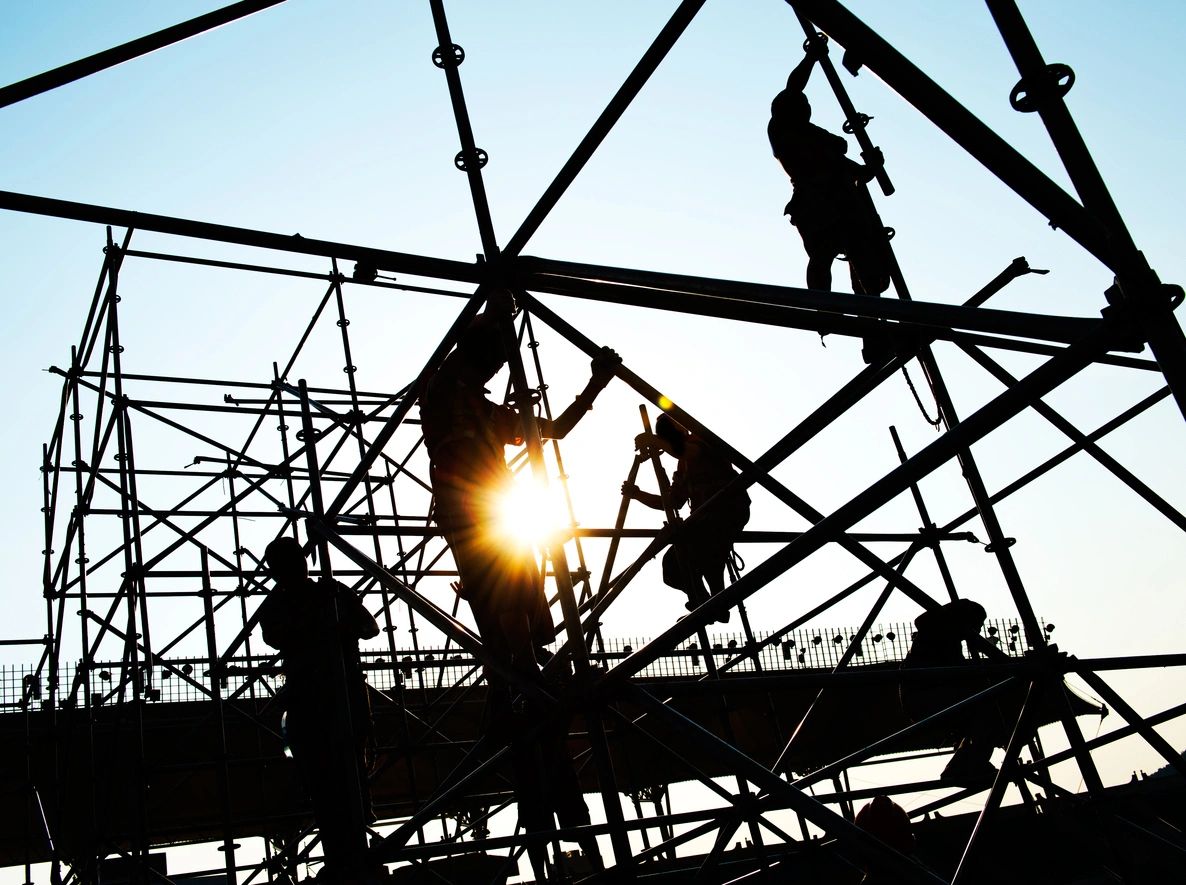The government has extended the Enhanced Community Quarantine (ECQ) up to the end of this month. While there are skeptics who feel that this may not be sufficient to flatten the curve, there are a million more hopefuls who are desperately praying for things to go back to normal. Unfortunately, back to normal may not be the right direction for us.
In this day and age of resilience programming, our aspiration should be making things better. And the perfect starting point should be in bridging the gap between the poor, the not-so poor, and the definitely-not poor.
In a recent article by Rosamond Hutt, World Economic Forum, senior writer for formative content, she shared that the leading economists are asking governments to step up their game to address the economic fallout from this global crisis. She mentioned exploring even unconventional policy options.
This makes perfect sense. COVID-19 is a new experience for the entire world. We cannot go about responding to and recovering from this in the same way we have been going about it previously. To come out of this better we need to look outside the box.
Consider the following insane ideas to rev up our economy differently.
Create New Jobs Centered on Data Gathering and Urban Transformation
There will never be a perfect time to talk about poverty alleviation, so we might as well put this in the mix. Let us start with data gathering — something that we are somehow not very good at. We need to have an updated database of every Filipino period. Rich or poor, young or old, working or not — we need to account for everybody. Maybe this is the right time to set up the national ID system — something that will indeed come in handy when disaster strikes. For this, we can mobilize some of the unemployed sections of the country to account for every household vigorously. The result — a reliable and updated population database that can help map out the rest of our recovery efforts.
As for the rest, those who have an abundance of elbow grease can help in the daunting task of constructing houses for informal settlers, transforming slums into parks and recreational facilities, cleaning up waterways, improving public facilities, and generally making our urban centers more livable and sustainable.
Think of it as the Great Filipino Bayanihan Revival, where everybody gets employed, appropriately compensated, and the corresponding key sustainable development goals are achieved.
Strengthen the Agriculture Sector
If there is one thing that we ought to have learned by now is the importance of a sustainable agricultural sector that comes with a robust continuity plan. Since we are pulling out all the stops, might as well put in resources to drastically improve food production — invest in new technologies, set up concrete social welfare benefits for farmers, fisherfolk and allied workers, speed up construction of farm to market roads, re-align agricultural systems based on concrete disaster risk reduction strategies. There are so many things that need to be done to get our agricultural sector to a resilient state. And many of these are already in the pipeline. To really fast track our recovery, this sector must obtain the necessary boost.
Set Up Sweat Equity for Consumer Debt Relief
While the population is busy contributing to national transformation, the private sector can also chip in big time. Imagine having existing consumer loans paid for by sweat equity. For this to work, banks would have to agree to delay collections for consumer loans to allow enough time for people’s income to flow back into the households.
The interest for delayed payments would have to be covered, of course, and this may be something the government can take on.
By the end of the Great Filipino Bayanihan Revival, the population would have recovered their income, critical social development initiatives would have been laid down, and the banks would have earned reasonable interests.
Intensive Labor Development and Tourism Catch Up Strategy
Nobel Peace Prize for Economics laureate Robert Solow believes that an educated labor force is critical to economic growth. When the quarantine is lifted (perhaps even before), the focus should also be directed to elevating the Filipino workforce.
There will be a massive need for educators and trainers. And there will also be an influx in the demand for training facilities where new skills can be taught. Part of the Great Filipino Bayanihan Revival would be to recruit those who can teach and train to join the mass effort of enhancing the skills and capabilities of the Filipino workforce. There is an abundance of able professionals in the country who can help in the training and retooling of our workforce.
Good thing, there are thousands of hotels around the country that are desperately in need of customers. Hotels can be the perfect venue and it is the perfect way to get their income streams running again while the tourism industry is still picking up the pieces.
And speaking of picking up the pieces, part of the Great Filipino Bayanihan Revival ought to be improving our tourism sector – making it more sustainable and resilient. This means replicating the efforts done to improve Boracay. This would require sound environmental planning, community building, infrastructure development, and sustainable monitoring.
Government and Private Financing Plus International Cooperation
Many resources will be required to get these things in motion. The government does not have all the resources on hand – good thing we have a robust private sector that is highly cooperative and collaborative.
Leveraging on the same Bayanihan Spirit, the government can work with the private sector to finance the recovery efforts. Negotiations will, of course, be part of the equation as the private sector will also need to recoup its resources. But there is a third alternative — international cooperation.
With the global pandemic devastating national economies (which ultimately affects the global economy), international cooperation among nations should be a given. Countries with resources can help the rebuilding efforts in countries that have a solid plan for recovery like the Philippines and the Great Filipino Bayanihan Revival. In turn, we can start exporting our most prized commodity — skilled Filipino labor.
We can give back and help the world recover by sending out displaced OFWs to countries that are in a far worse state. Subsidized, of course, by the international collaboration of countries.
The Bottom Line
At the end of the list of crazy (impossible) ideas for recovery is one key initiative that may perhaps be the hardest thing for us to do — work together.
With all of our political, economic, religious, educational, ideological, regional differences there are several compelling arguments why most of the suggestions above will most likely not fly. Of course, there is one compelling argument why we should at least try.
To get through this — we NEED to work together.
Source:
https://www.weforum.org/agenda/2020/03/covid-19-economic-crisis-recession-economists


